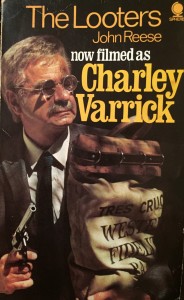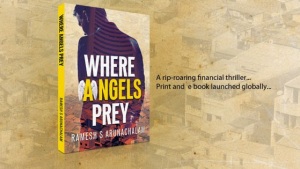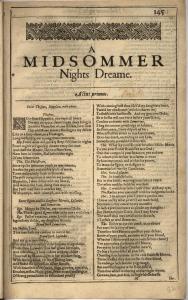Cybersecurity for Everyone: Securing your home or small business network by Terence L. Sadler is an informative guide to securing your electronic devices at home.
One risk of writing or speaking about cybersecurity is that it can quickly devolve into “gloom and doom” that terrifies audiences, sends them away chilled, but results in no behavioral changes among computer users. Sadler’s approach is different, focusing less on threats and more on preventative measures.
Cybersecurity for Everyone compares information security to safe sex: the only guarantee against contracting an STD is abstinence, and the only guarantee against a compromise of your network is to not have a computer. Since there are no guarantees on computers, the best we can do is use appropriate prophylactics and practice safe habits.
Sadler suggests starting with router security. Until reading this book, I did not realize how vulnerable to intrusion typical residential routers can be, or that superior models and configurations are available. One thing computer owners can do is to blacklist all electronic devices but their own, or expressly whitelist their own devices. Sadler also suggests using a service like OpenDNS for home internet security. A few suggestions in the book may go overboard, but I’m glad to know what the best practices are so I can make informed decisions, rather than mindlessly renewing my anti-virus protection every year and patting myself on the back for it.
The book is a pretty quick read, and it provides valuable context for understanding of cyber threats and safety measures. It came out in late 2014, but is still fresh. There are some tables and lists of resources that will probably become dated quickly or already have, but I mostly skipped over sections. To me, the more important takeaway was the basic point that amping up your security at home is feasible and affordable without sacrificing performance.
As for the title, this book isn’t really “Cybersecurity for Everyone.” It’s more like “Cybersecurity for Fairly Technically Literate People,” or “Cybersecurity for Whoever It Is in Your House That Installs Stuff.” Much of it would sail over the heads of people who don’t already have some interest or knowledge of technology. Furthermore, the subtitle of the book adds “or small business network,” but the tips within are truly geared toward a household, not to businesses.




